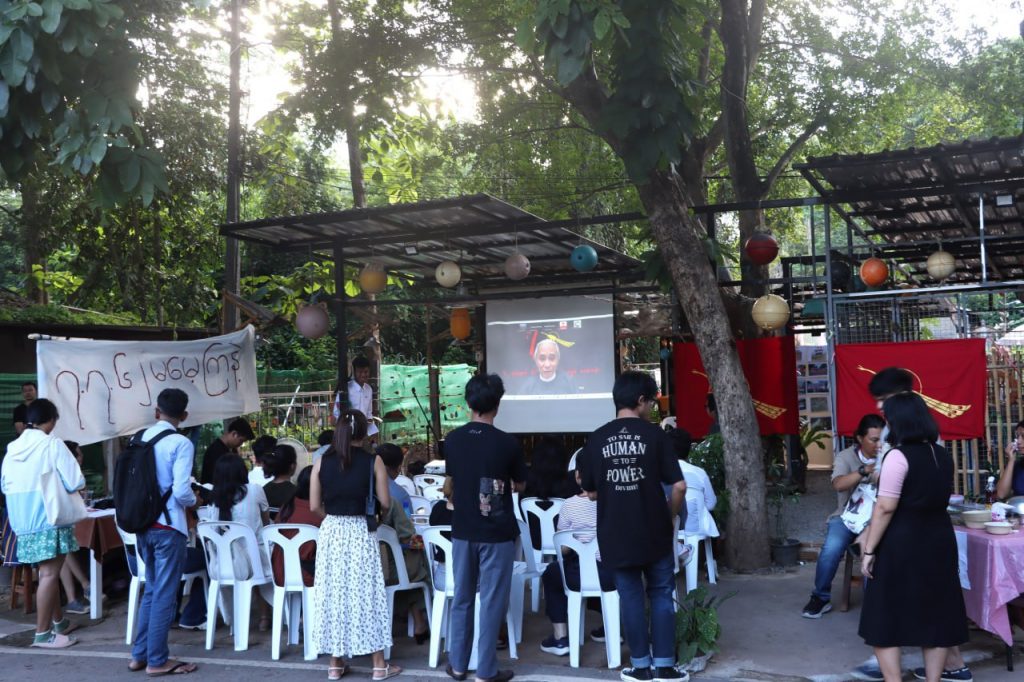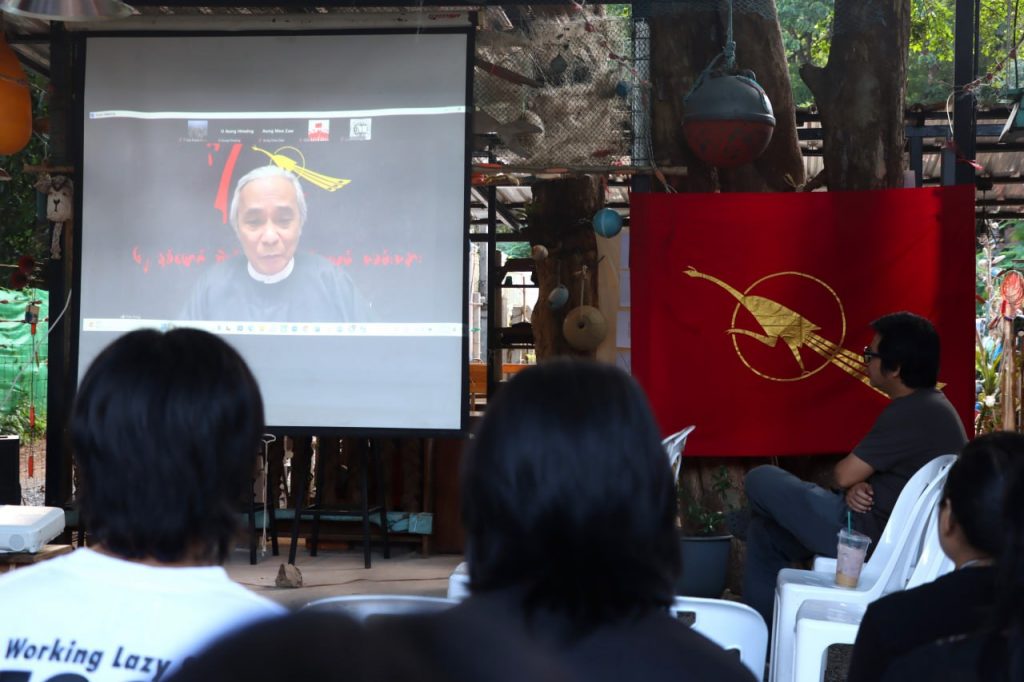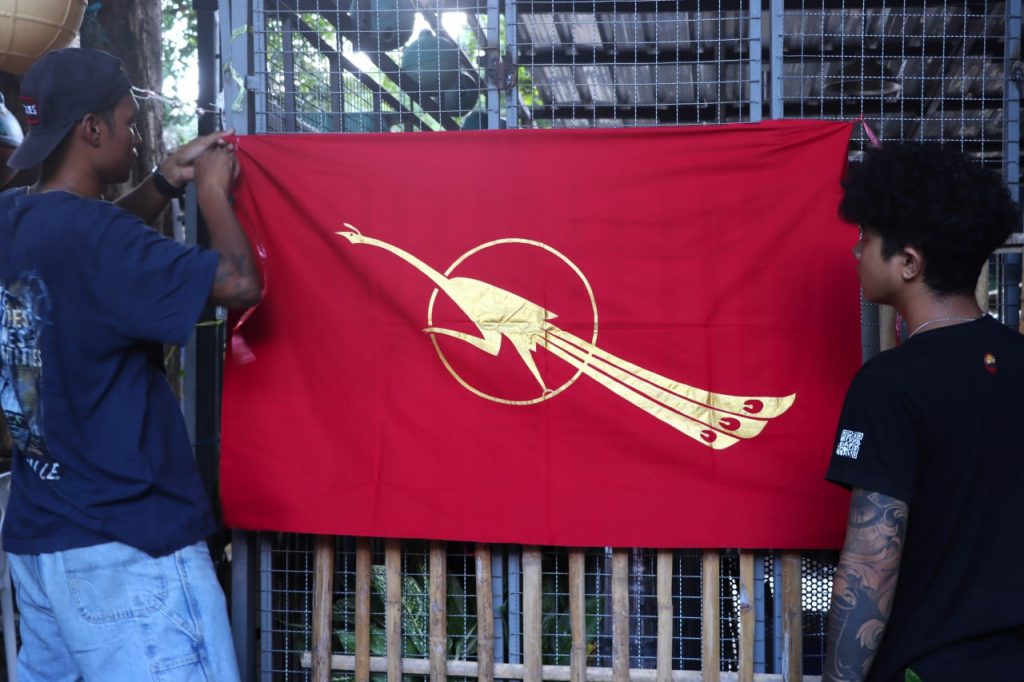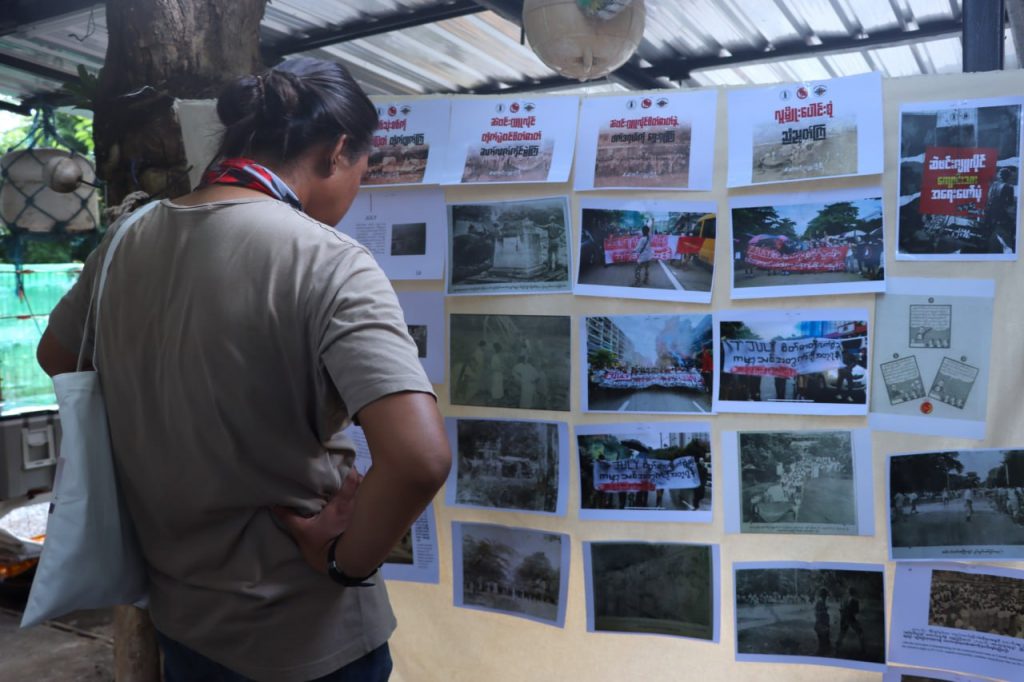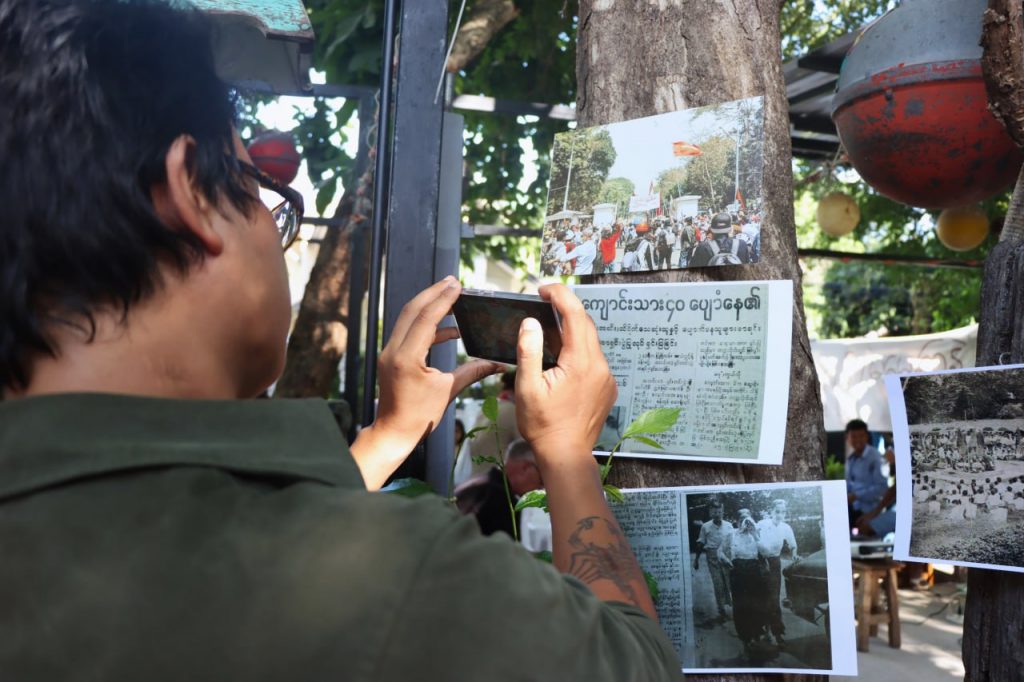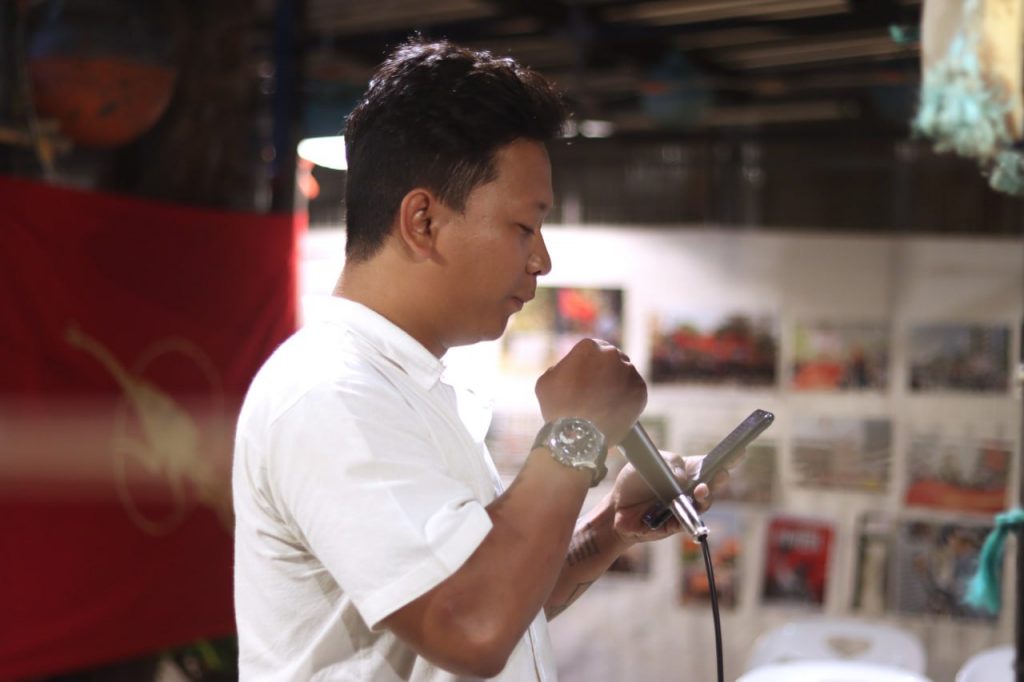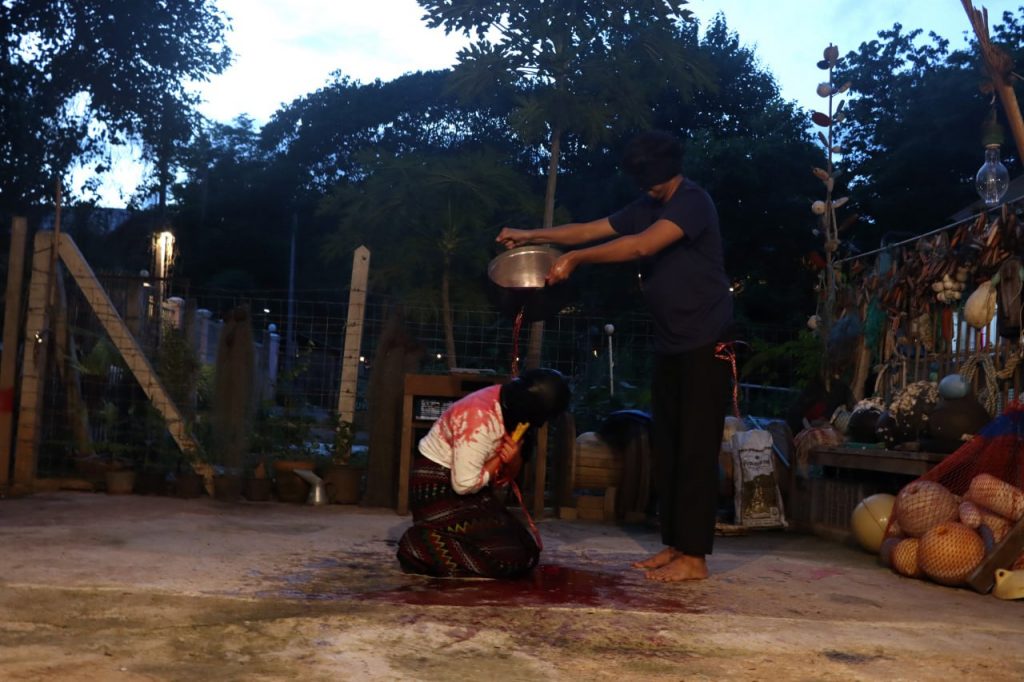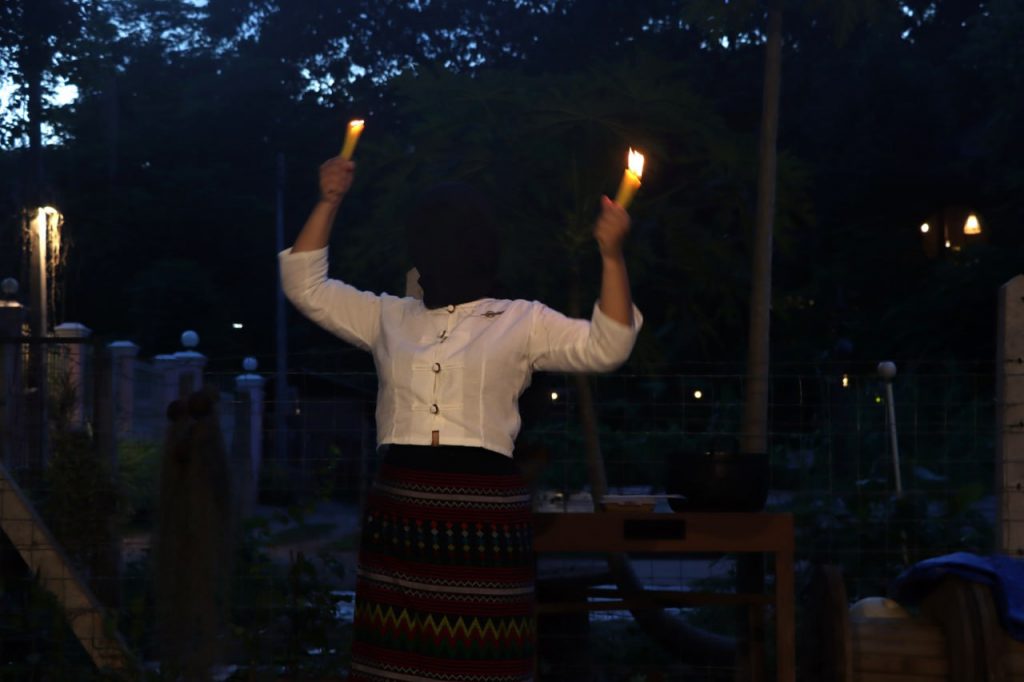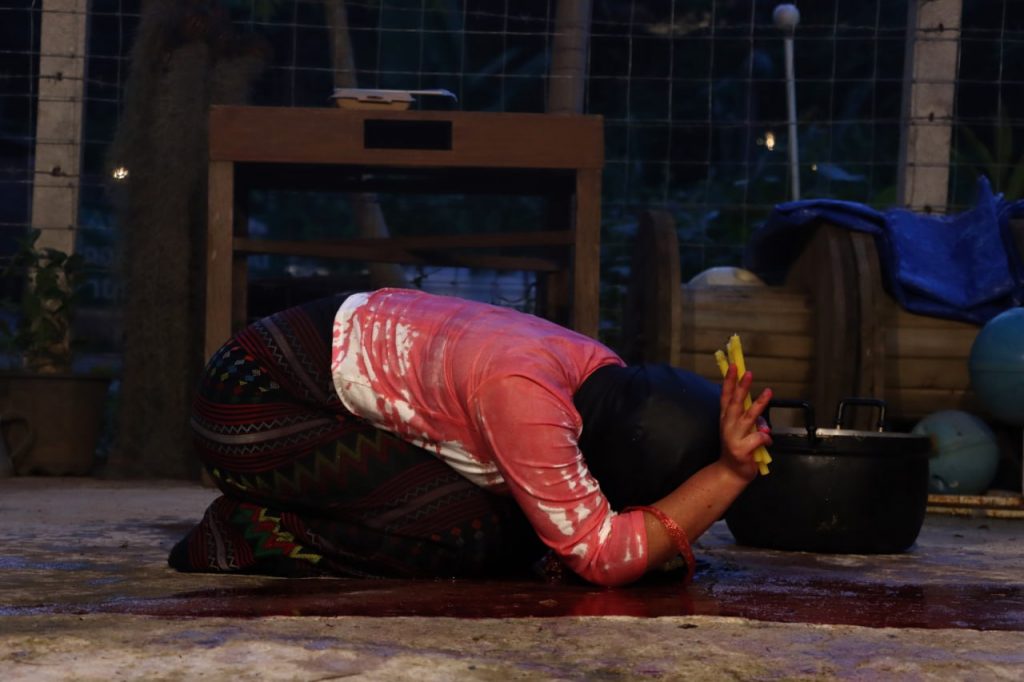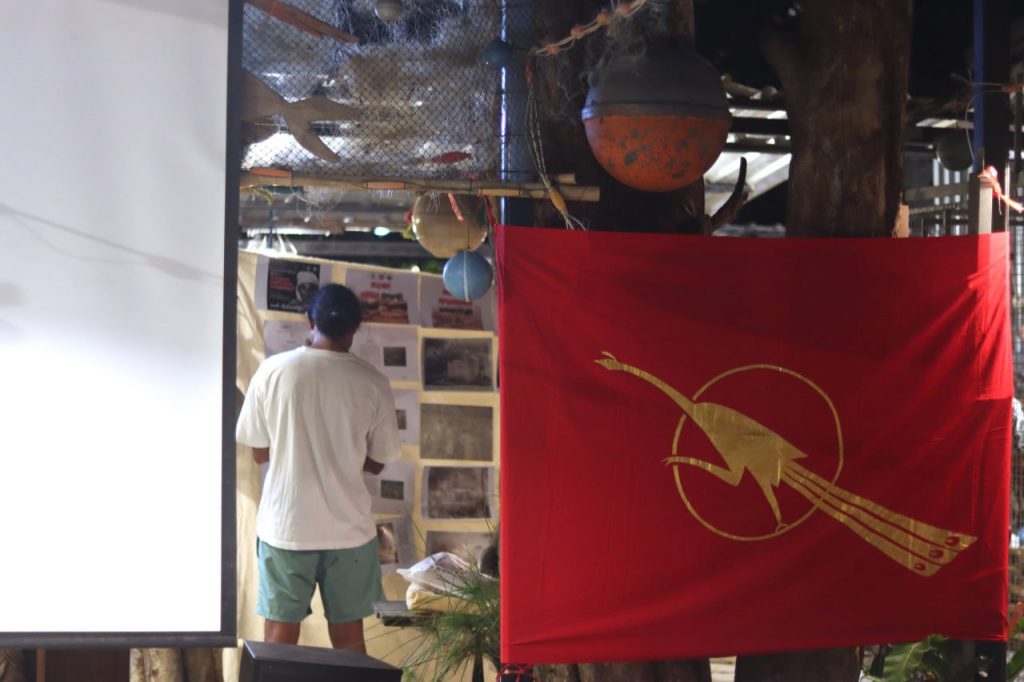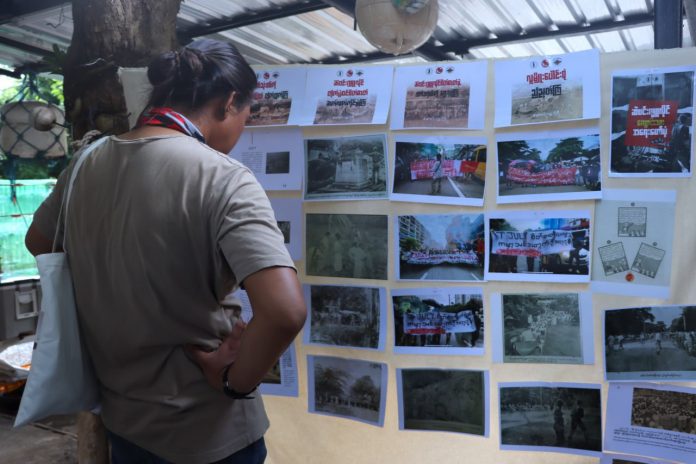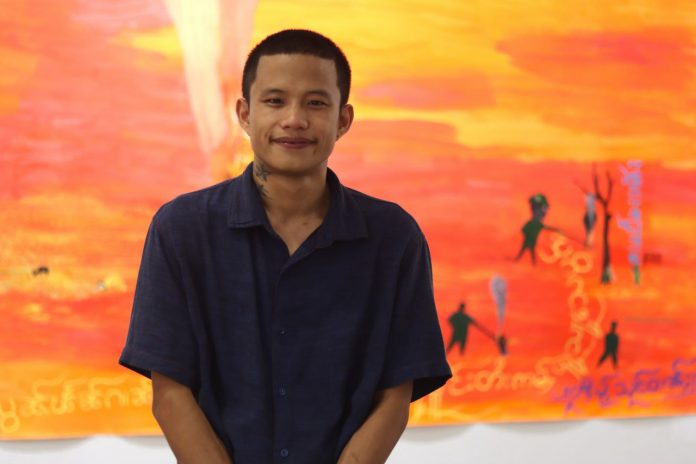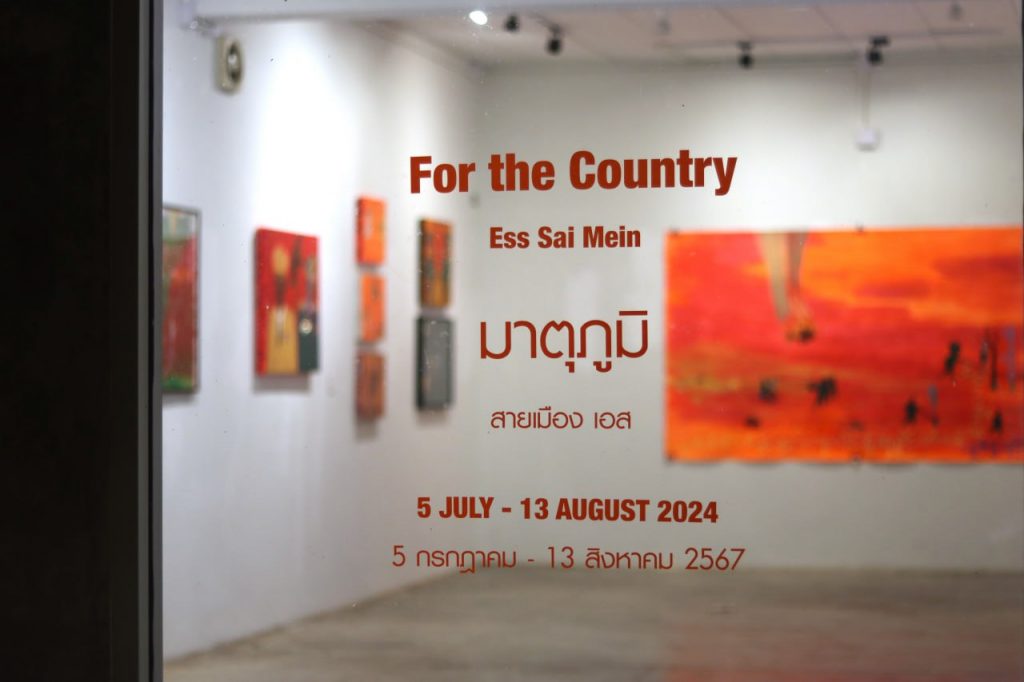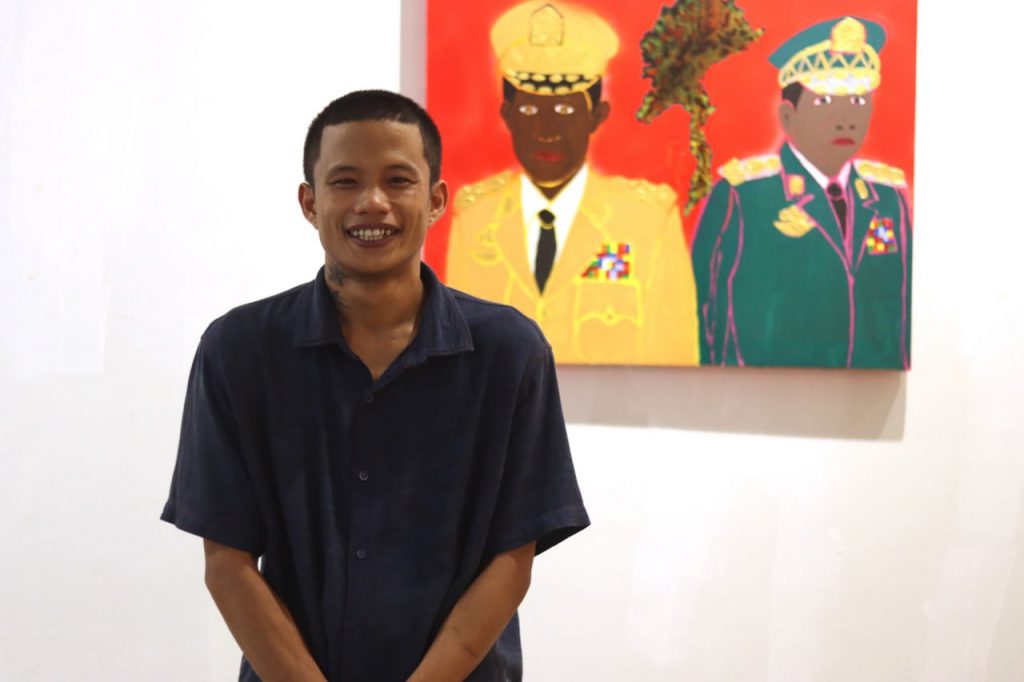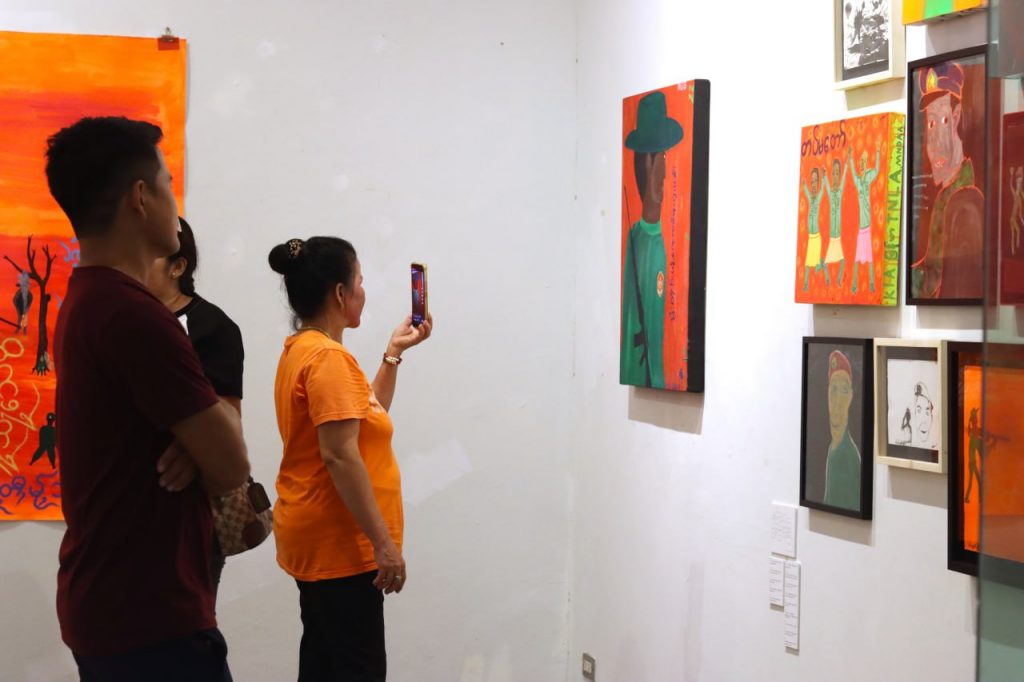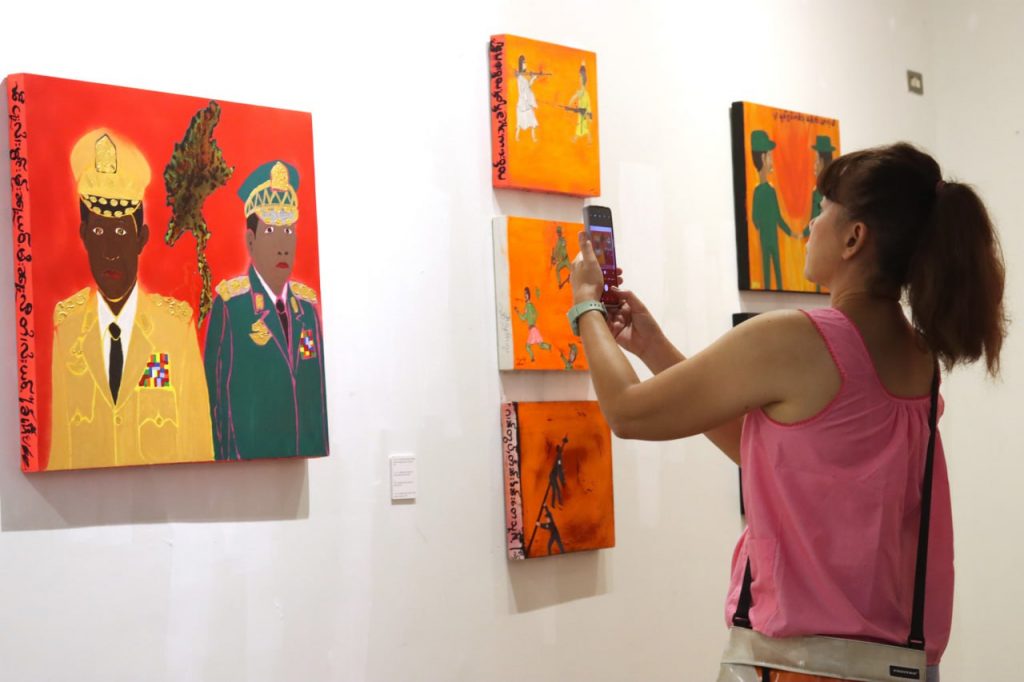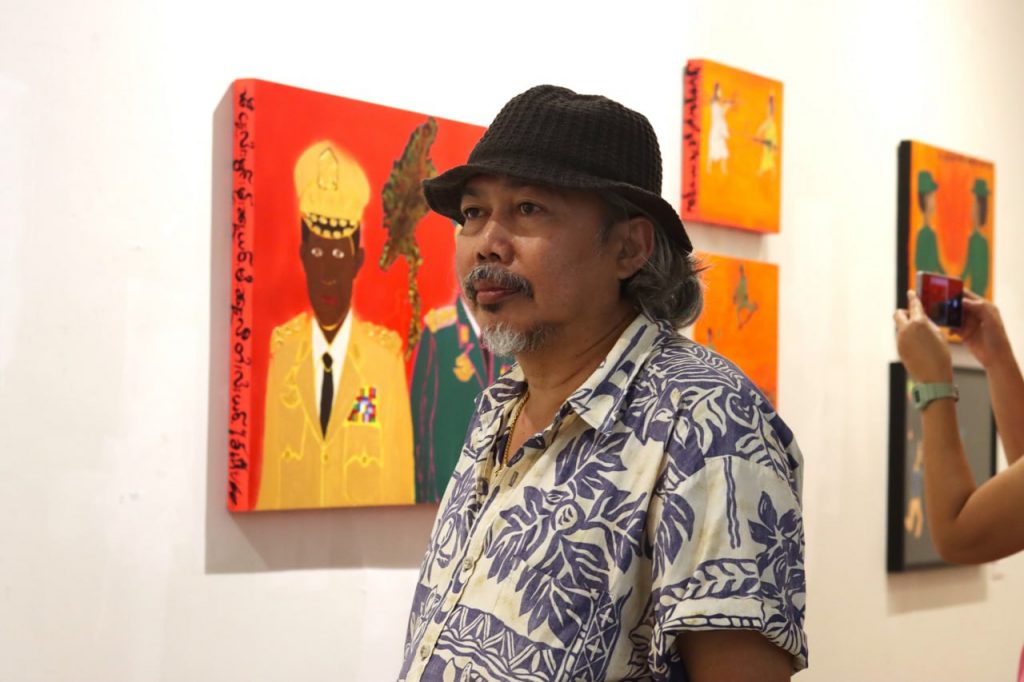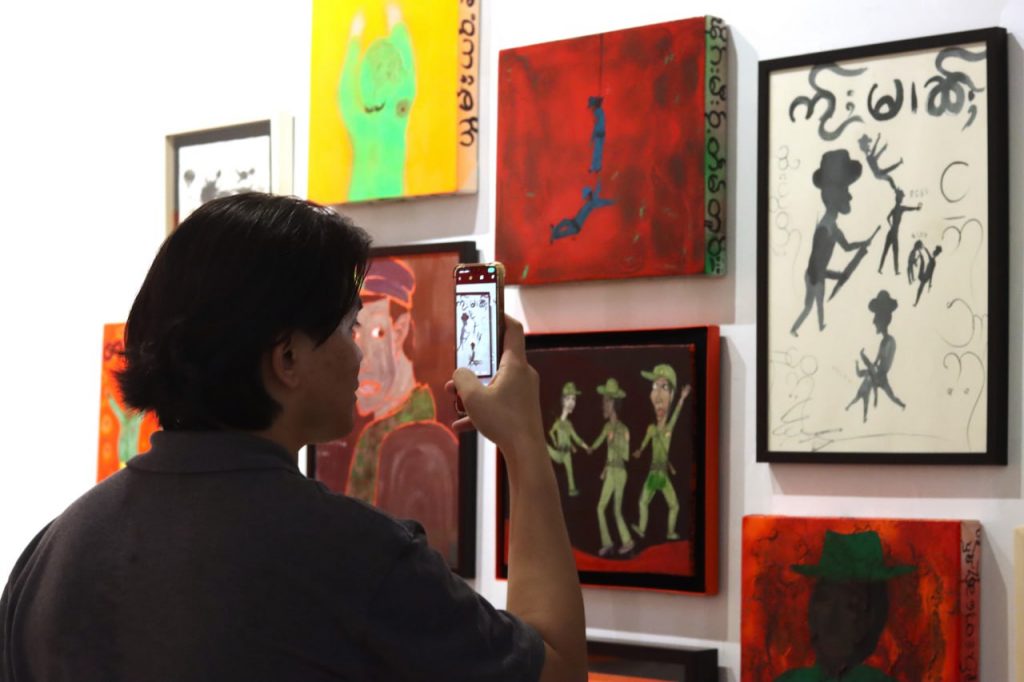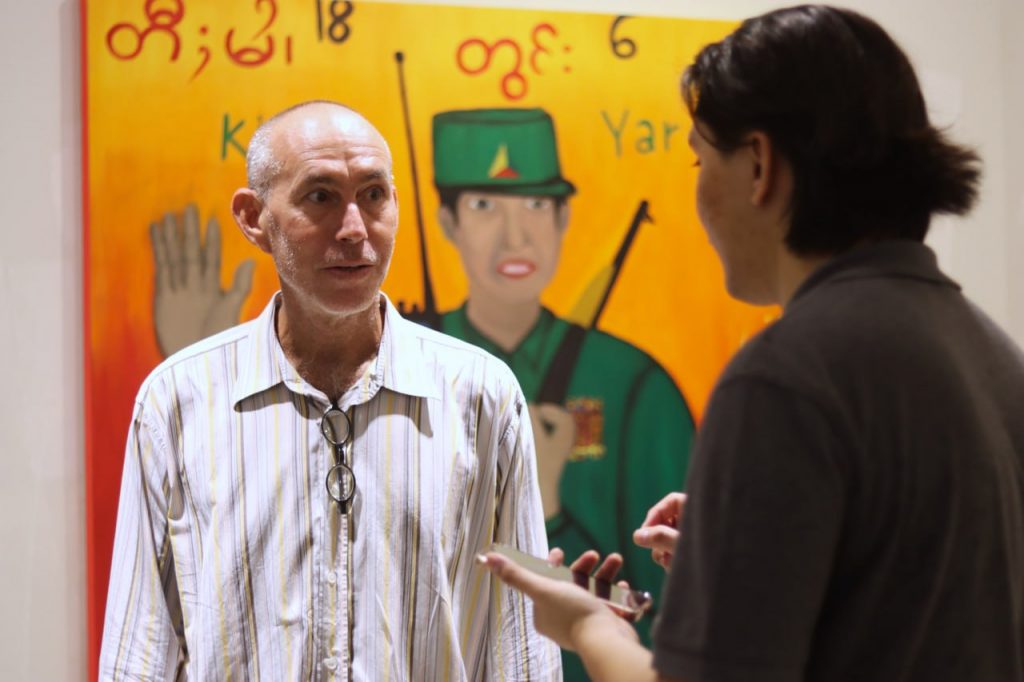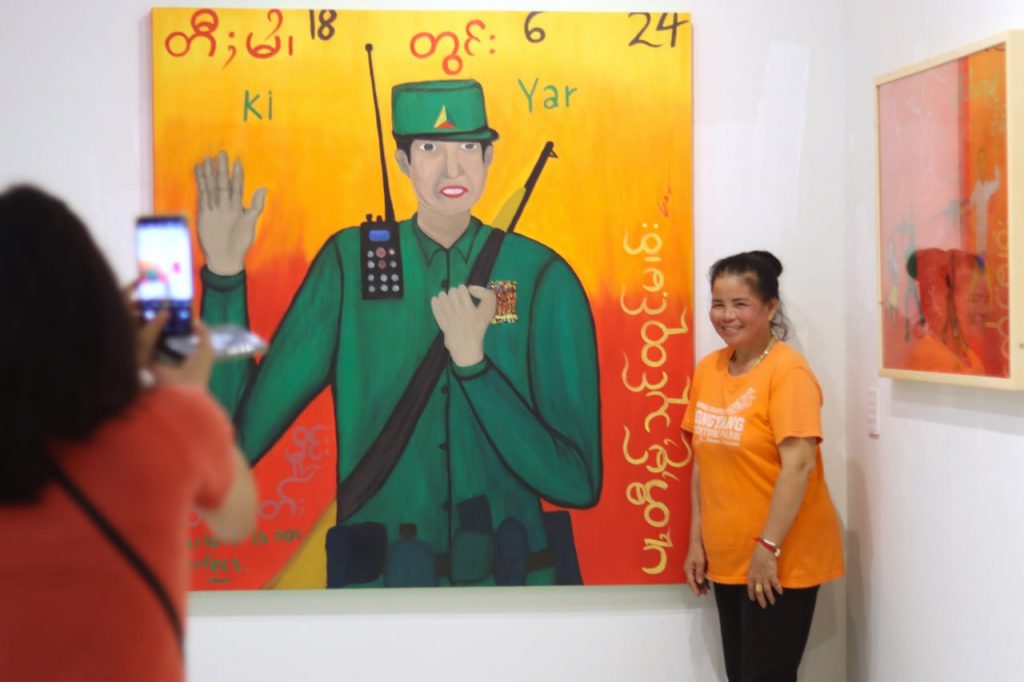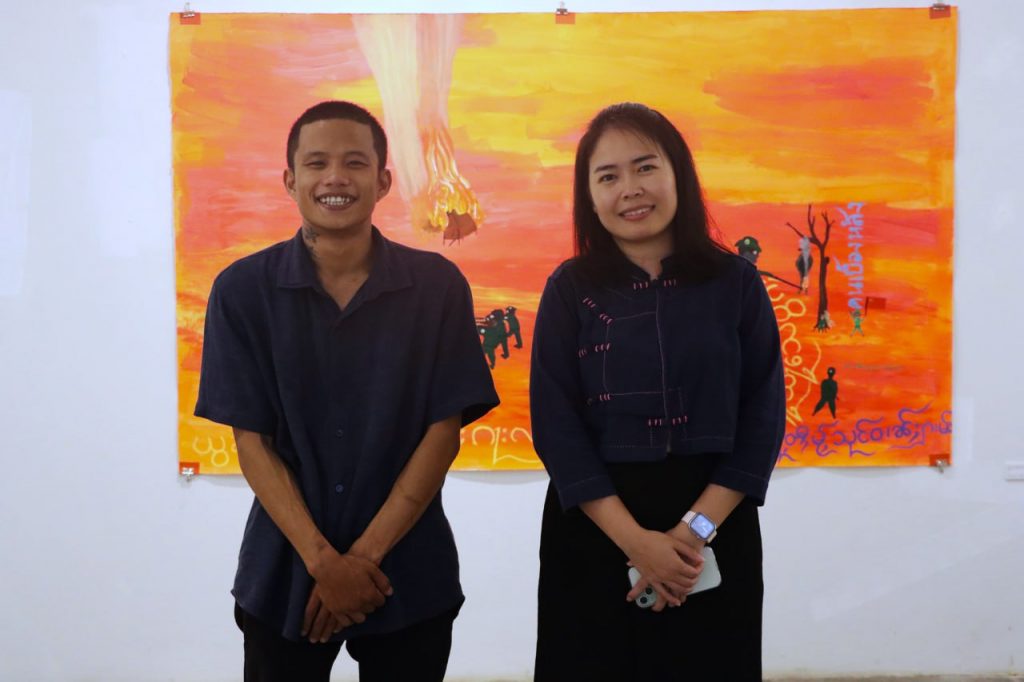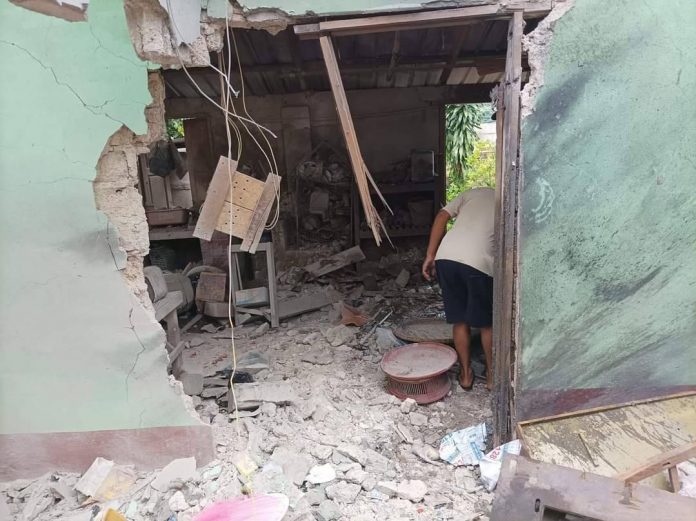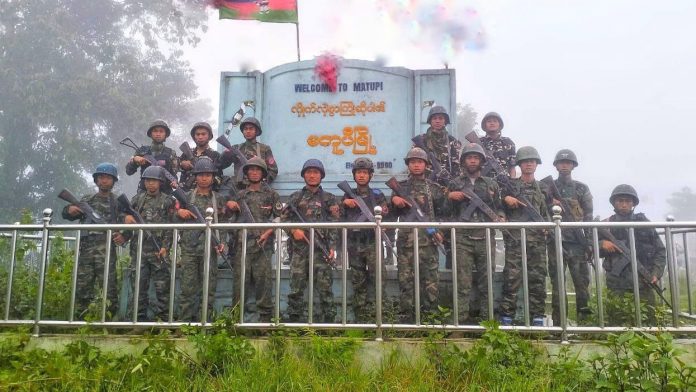Guest contributor
Shalini Perumal
India’s relationship with Myanmar is complex, interspersed with geopolitical interests, economic ties, and sociopolitical dynamics.
With Prime Minister Narendra Modi’s recent re-election, the path ahead in this bilateral relationship is poised for continuity of present realities with potential new shifts, particularly in terms of implications for refugees living in India, anti-Muslim sentiments against Rohingyas, relevant laws relating to the border, and India’s stance on Myanmar’s military junta.
India and Myanmar share a long history of cultural, economic, and political interactions. Post-independence, India supported Myanmar’s fight to free itself from British rule. In recent decades, however, strategic and economic interests have taken precedence.
Myanmar’s strategic location, acting as a gateway to Southeast Asia and its resources, has positioned it as a vital partner in India’s “Act East” policy. Since Narendra Modi took office in 2014, his administration has focused on strengthening ties with Myanmar through infrastructure projects, economic investments, and security cooperation.
The Kaladan Multimodal Transit Transport Project and the India-Myanmar-Thailand Trilateral Highway are key examples of infrastructural initiatives aimed at enhancing connectivity and trade.
With Modi’s re-election, India’s policy towards Myanmar is expected to follow a similar path, emphasising economic collaboration and strategic partnerships. However, this continuity also raises several critical issues.
For example, Modi’s administration has maintained a cautious approach towards Myanmar’s internal politics. Following the 2021 military coup, India’s response was measured, with a focus on stability and regional security rather than outright condemnation.
Yet, over time, we see that the Indian government has been providing military equipment to the junta, and its position seems to be one of support of an illegal government. Furthermore, India hosts a significant number of refugees from Myanmar, particularly the Rohingya – a Muslim ethnic nationality.
The Modi government’s stance on refugees has been marked by a complex interplay of humanitarian concerns and national security interests. The Supreme Court’s ruling in 2021 allowing the deportation of Rohingya refugees despite international criticism delineates this tension.
According to the U.N. High Commissioner for Refugees (UNHCR), there are approximately 40,000 Rohingya refugees in India. Their fate under Modi’s continued leadership remains precarious, with potential policies focusing more on border security and less on refugee rights. Reports indicate increased deportations and crackdowns on undocumented migrants, exacerbating the vulnerabilities of the refugee population.
Modi’s tenure has seen a rise in Hindu nationalism, impacting India’s social fabric. Anti-Muslim sentiments have been particularly pronounced, affecting the Rohingya community.
The rhetoric against Rohingya Muslims, often labeled as a security threat, aligns with broader nationalist narratives. For instance, Modi’s Bharatiya Janata Party (BJP) has repeatedly portrayed the Rohingya as “illegal immigrants” and “terrorists,” which has fueled public sentiment against them.
The Citizenship Amendment Act (CAA) of 2019, which fast-tracks citizenship for non-Muslim refugees from neighbouring countries, highlights the Modi government’s approach to refugee and immigration policies.
The exclusion of Muslims, including Rohingya, from the CAA reflects the administration’s broader stance on religious minorities. The National Register of Citizens (NRC) exercise further indicates these dynamics, potentially leaving many Muslim refugees stateless.
India’s engagement with Myanmar is also driven by economic and strategic considerations. Myanmar’s rich natural resources, including oil, gas, and minerals, are vital for India’s growing economy.
Additionally, the strategic importance of Myanmar in countering Chinese influence in the region cannot be overstated. Modi’s administration is likely to continue fostering economic ties, even if it means a delicate balancing act with the military regime.
India’s stance towards Myanmar, especially its support for the military junta and the handling of the refugee crisis, has drawn international criticism. Human rights organisations have called on India to adopt a more humanitarian approach towards refugees and to exert pressure on Myanmar for democratic restoration.
Modi’s re-election may not see significant shifts in this regard, given the administration’s prioritisation of strategic and economic interests over humanitarian concerns.
Shalini Perumal is a creative international development professional who has worked previously in Mae Sot, Thailand at Mae Tao Clinic. She is currently a freelance journalist as well as Communications Officer at ActionAid India in New Delhi. The views expressed in the article are her own and do not necessarily reflect those of the organisation.
DVB publishes a diversity of opinions that does not reflect DVB editorial policy. We’d like to hear what you think about this or any of our stories: [email protected]
